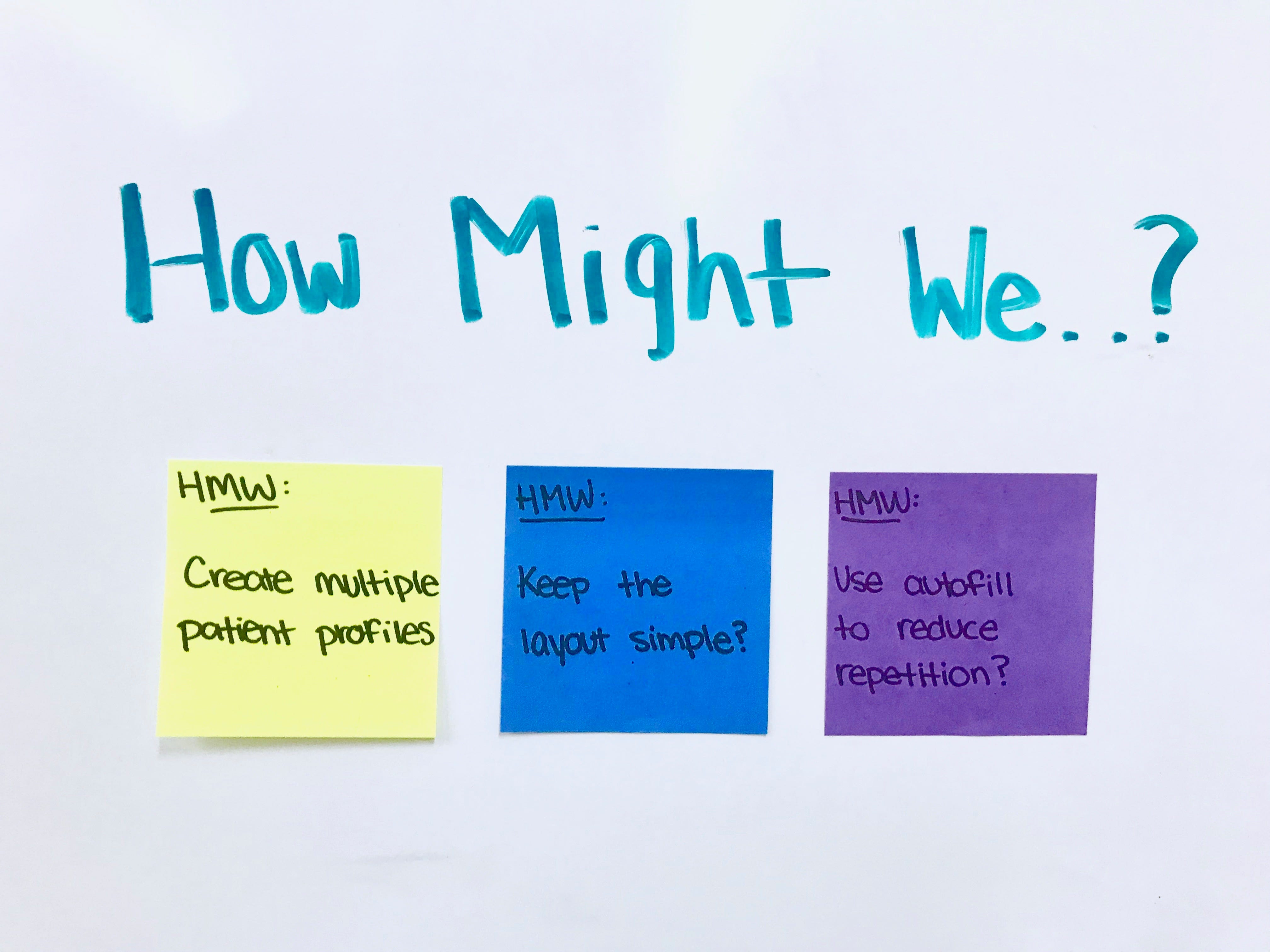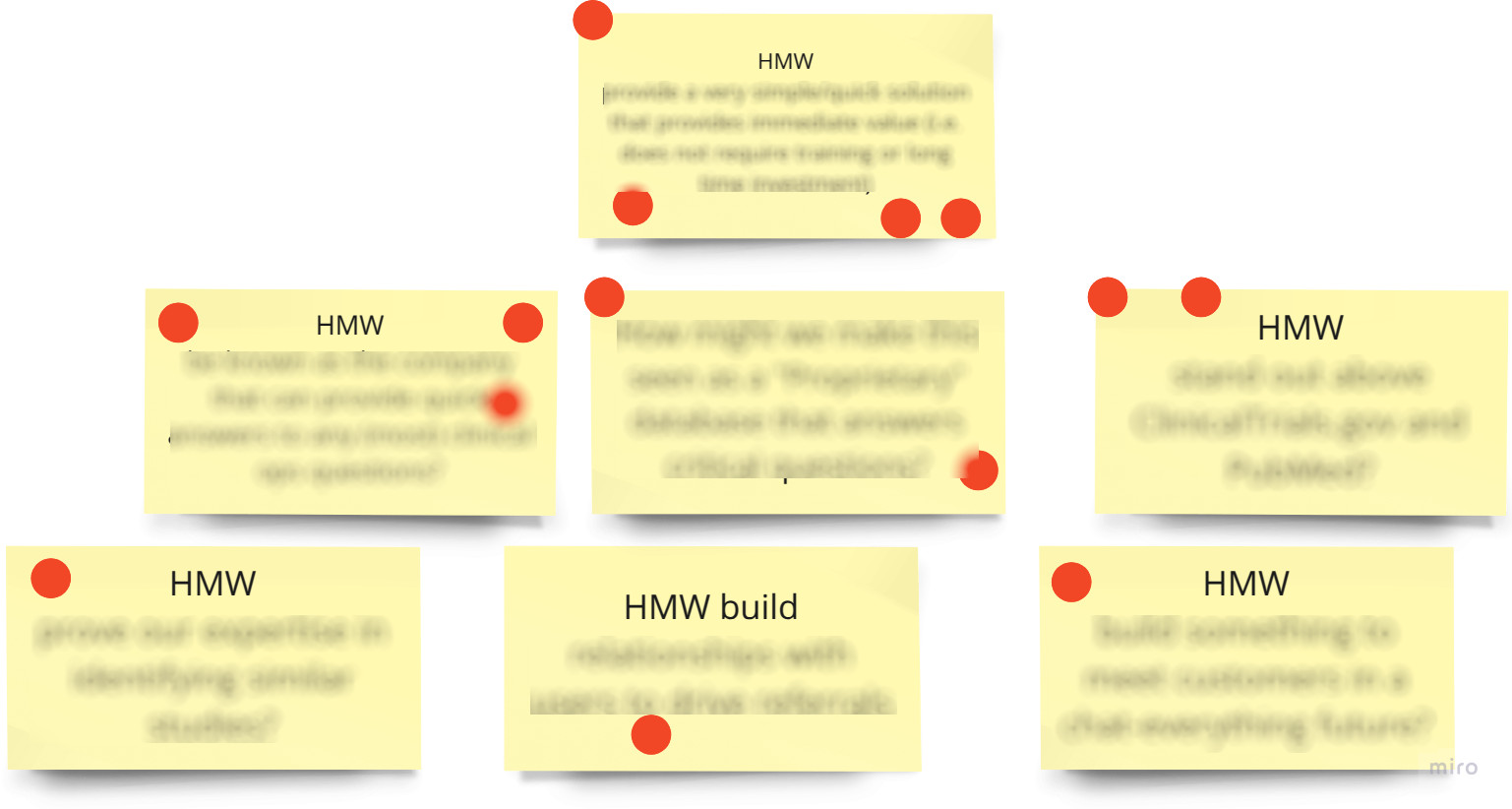
How we ran Expert Interviews in the Design Sprint
This is Part 2 of the article The 4-Day Design Sprint that made a difference.
On the first morning of our Design Sprint with Seer Healthcare, we kicked things off with an exercise called Ask the Experts. This activity is a crucial part of the sprint process, designed to bring together key insights from team members and stakeholders who have deep knowledge of the problem space. By gathering expert perspectives early on, we ensured that our team was aligned on the challenge, understood critical constraints, and identified key opportunities before diving into solutions.
Why ask the experts?
The Ask the Experts session helps the sprint team build a shared understanding of the problem. Experts can highlight potential pitfalls, clarify assumptions, and provide the context needed to focus on the right problem. Instead of jumping straight into brainstorming solutions, this structured approach allows us to listen, absorb, and refine our thinking before we start designing.

Who were the experts?
For this session, we leveraged the expertise of our own sprint team. Each participant had a specific area of expertise relevant to the challenge. Additionally, we brought in an external consultant specializing in customer experience—someone with extensive experience delivering software products in the pharmaceutical industry. This added an extra layer of valuable insights, helping us see the problem through the lens of both product development and end-user experience.
Getting the conversation started
To ensure that we extracted the most useful insights, we used a set of structured questions provided by AJ&Smart, a company with deep expertise in running Design Sprints. These questions helped frame the discussion and get the experts talking:
- Describe what the product is, what it does, and who uses it.
- What is the problem your product is trying to solve?
- Who is currently using the product? Who would we like to use it?
- If there were no obstacles at all, what would the product look like in two years? What would be the ideal scenario?
These questions sparked rich discussions, revealing not only how Seer Healthcare’s product worked today but also its future potential, the pain points of users, and the challenges in the industry.
Capturing insights: How Might We (HMW) notes

As the experts shared their insights, each team member took notes using a structured approach called How Might We (HMW) notes. Instead of simply writing down observations, we framed challenges as open-ended, opportunity-driven questions. For example, if an expert mentioned that “Users struggle to find clinical trial information quickly,” we might write:
How might we make clinical trial information more accessible to users?
The "How Might We" method is common in Design Thinking practice and you may have even done a version of it before.
- "How" guides people to believe the answer is out there.
- "Might" lets people know that their HMW statement might work or might not, and it's okay either way.
- "We" reminds people that the sprint is about teamwork and building on each others' ideas.
The HMW method allowed our team to take the insights and pain points they heard during the Expert Interview and reframed them as opportunities. It also prevented people from narrowing in on solutions too early.
Organizing our insights in Miro
Since this was a remote Design Sprint, we used Miro, an online collaborative whiteboard, to collect and categorize our HMW notes. Each team member placed their notes on the board, and we grouped them into common themes. This step helped us see patterns emerge—whether related to usability, data accuracy, customer experience, or scalability.

Prioritizing insights with voting
Once our HMW notes were categorized, it was time to vote on the most critical challenges. Each team member was given two votes, while the Decider (our sprint leader) had four votes to ensure that the most important insights were prioritized. The voting process helped us distill dozens of ideas into a clear list of the most pressing issues that we needed to address during the sprint.
Creating the HMW voting tree
To visualize our priorities, we organized the most-voted HMW notes into a Voting Tree. The note with the highest votes sat at the top, followed by the next most important ones. This hierarchy helped us clearly identify which challenges to tackle first, setting a strong foundation for the rest of the sprint.

By the end of the Ask the Experts session, we had not only gained deep insights but also aligned our entire team on what truly mattered. With a refined problem space, categorized insights, and a prioritized list of challenges, we were ready to move into the next phase of the sprint—ideation and prototyping. This structured approach ensured that our solutions would be well-informed, addressing real user needs and business challenges.
Stay tuned for the next post, where we’ll dive into how we turned these insights into actionable solutions!